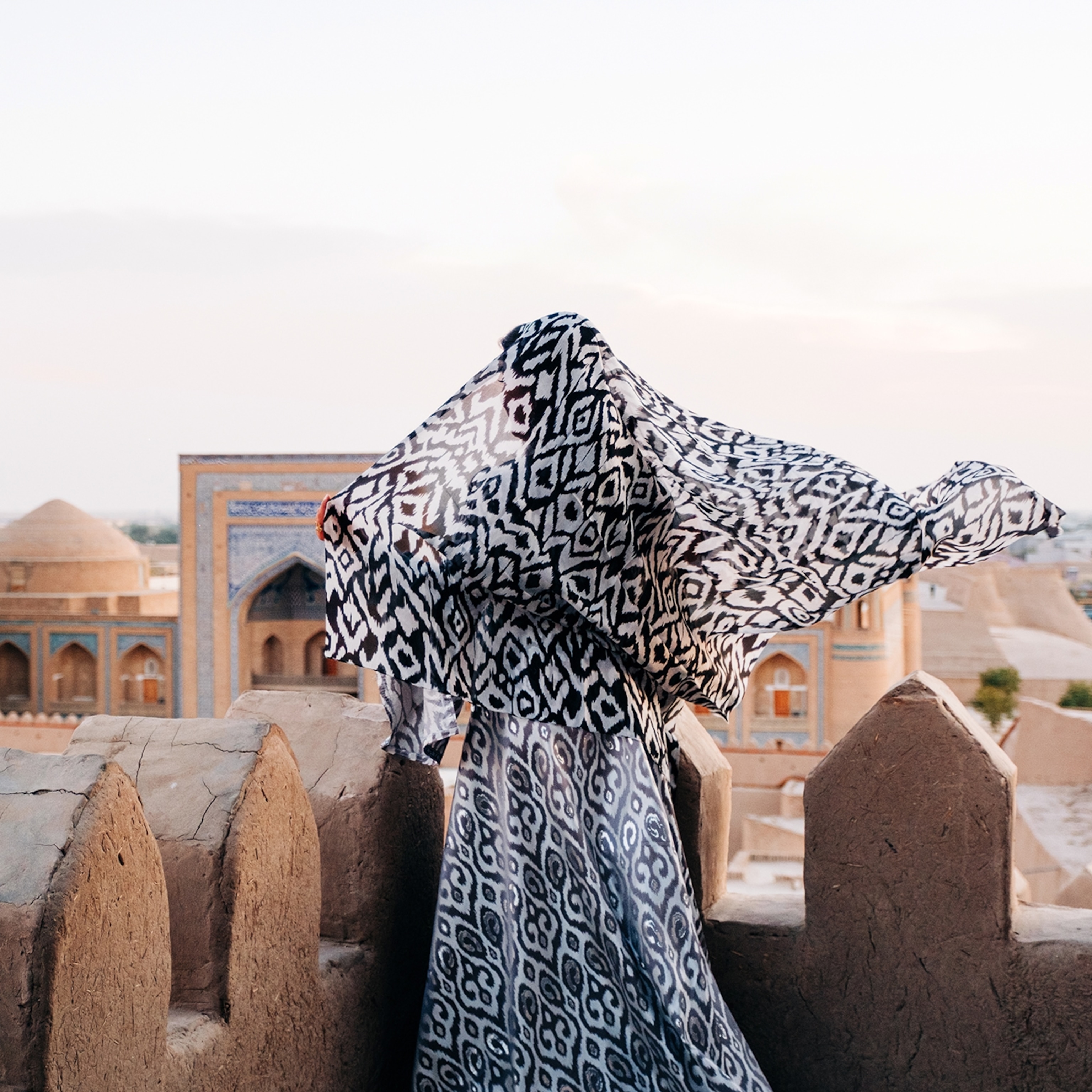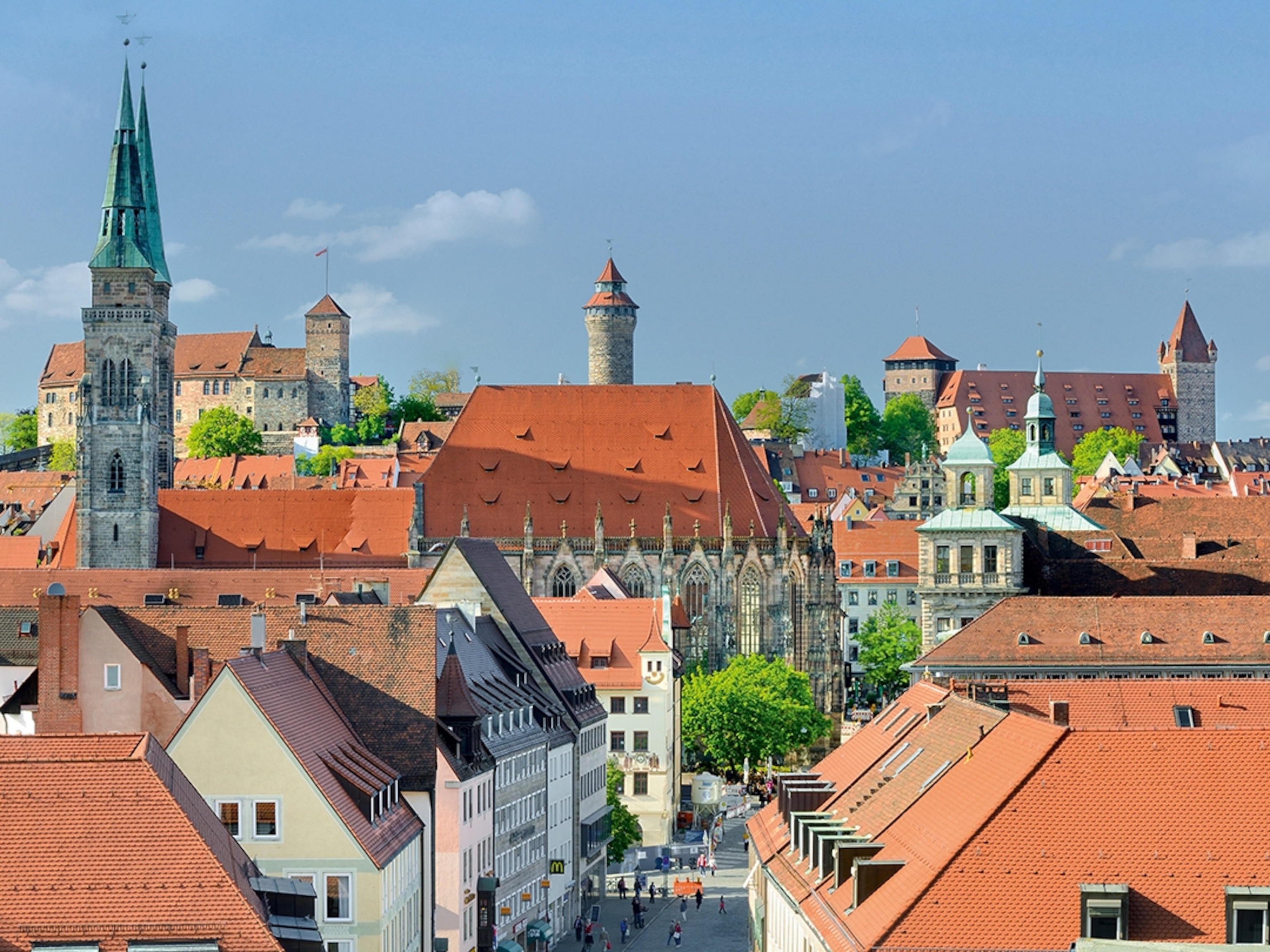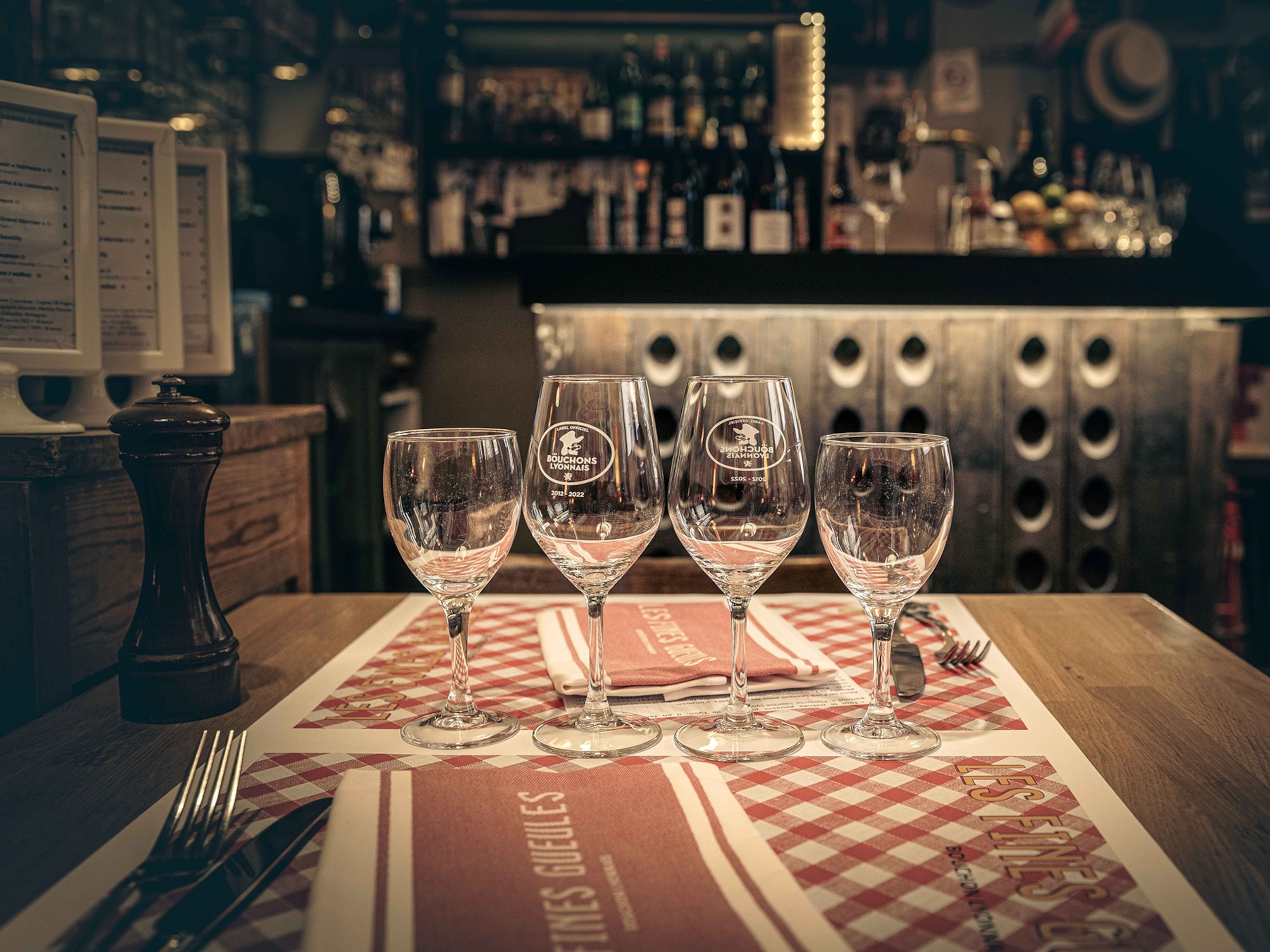
The inside guide to Wroclaw, Poland's medieval marvel
Tucked into Poland’s southwest, this historic city is a feast of medieval architecture, artistic masterpieces and effortlessly cool coffee spots.
That few people can pronounce the name of Poland’s fourth-largest city before visiting — and sometimes even afterwards — says a lot about how just poorly understood it is. But, upon arrival in the heart of Wrocław (‘vrots-waf’), it might come as a surprise that it isn’t better-known. Its fabulously restored and preserved old town would be reason enough to visit but housed in those remarkable buildings is a vibrant restaurant and cafe culture, conspicuous arts scene and stand-out museums. Close to the German and Czech borders in the country’s southwest, this is no Polish outpost, but a vibrant European city.
There’s an inevitability to visiting Wrocław’s handsome Old Town and the mighty Market Square at its heart. The options on one of Europe’s largest public squares can be dizzying, with restaurants and bars fringing the medieval plaza and its tributary streets, but few people visiting Młoda Polska, with its inventive cocktail menu and 100-plus spirits, will be disappointed with what they find. Nearby Konspira, meanwhile, serves rib-sticking Polish classics including pork knuckle and fried trout with garlic butter in a former meeting place for members of the resistance.
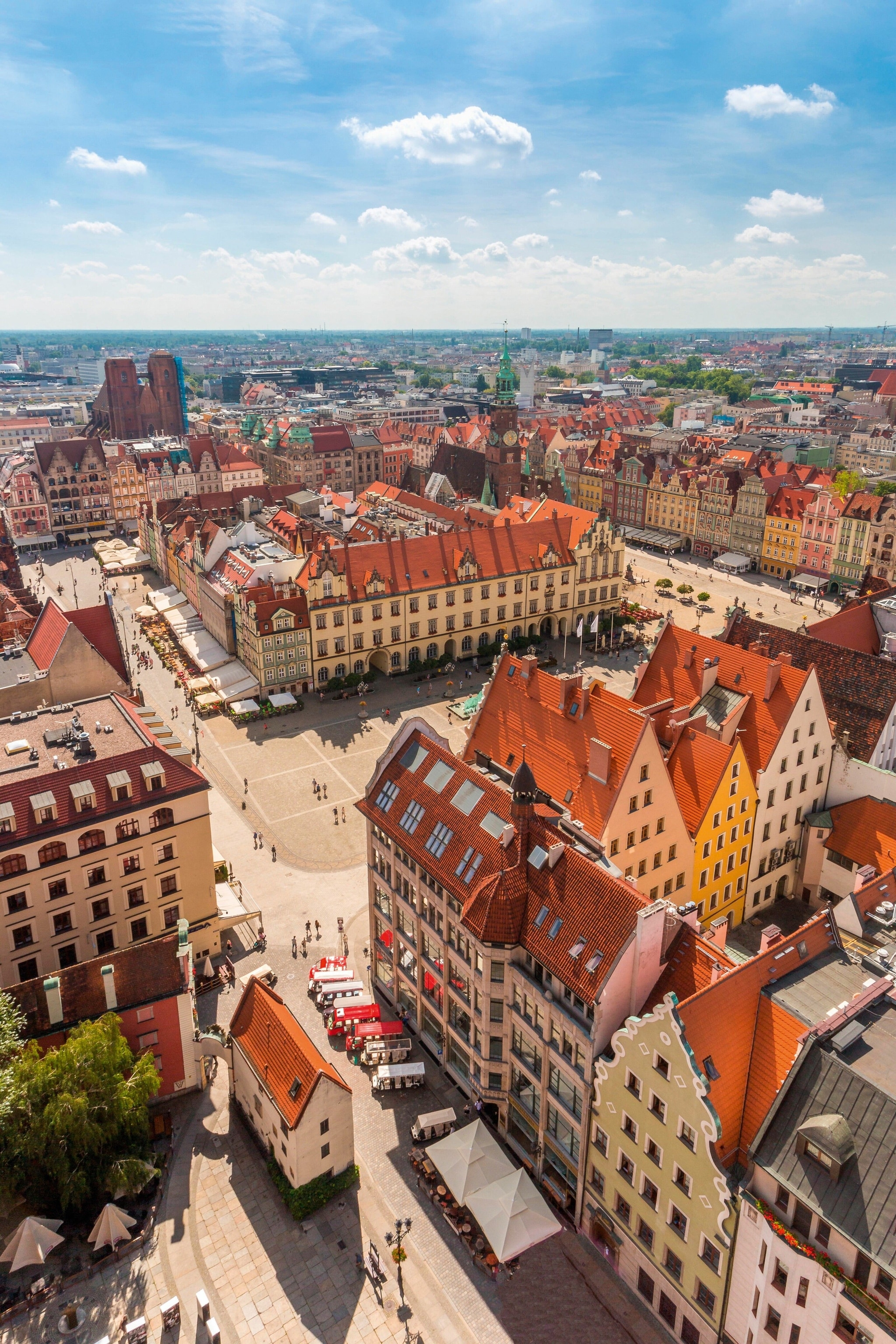
It's a short walk from there to the Four Denominations District, a wealthy corner of the city centre named for the Catholic, Orthodox and Protestant churches and Jewish synagogue that have stood together for over a century. Today, it’s perhaps more popular for bookstore-cum-wine bar Cocofli and well-stocked wine shop Zbawcy Win, as well as being home to two of the city’s best sushi restaurants. Eight-seater Noriko gets a lot of attention for its masterful yoroppa-style sushi, but don’t miss Sushi Corner, which marries impressive Japanese cuisine with the brilliant work of local artist Kamila Kozłowska. If you’re in the neighbourhood in the evening, be sure to walk through the Neon Side Gallery, part of cultural space Ruska 46, where you’ll find 30 dazzling signs glowing above.
For a crash course in Wrocław’s long and complex history, catch one of the Walkative Tours, which leave most mornings from Market Square. While technically free, there’s a suggested donation at the end of around PLN55 (£10). English-speaking guides combine humour and insight to explain some of the city’s darker history, while also pointing out some of its idiosyncrasies. Among these are some of the 900-plus brass dwarves, which are found across the city. Originally designed as a protest during communist occupation, today they’ve spread throughout the Old Town and beyond. There are more figures to discover on the narrow, medieval Jatki street — specifically the sombre Memorial to Slaughtered Animals, a selection of bronze farmyard beasts once slain on this abattoir-turned-artists’ enclave.
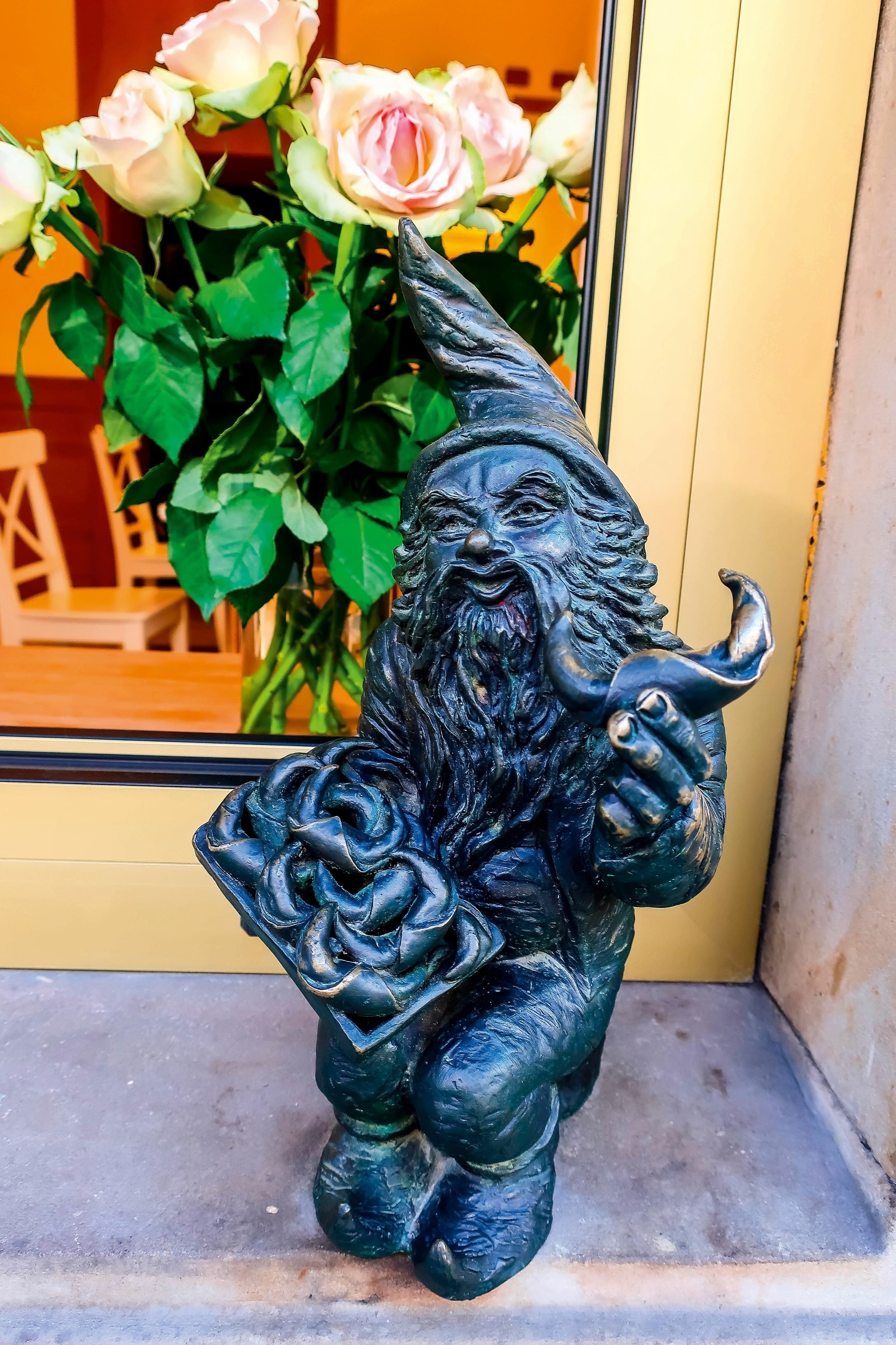
Expect to find more dwarf statues on the Bridge of Penitents, a vertiginous walkway between the two spires of St Mary Magdalene Church, which offers fabulous views across the city. From this vantage point, expect to see many more bridges — Wrocław has over 100, in fact — especially to the north of the city, connecting the various islands in the Oder River. On Cathedral Island, you’ll find some of the best-preserved historic and religious buildings in the city, including the imposing John the Baptist Cathedral and the Church of the Holy Cross, which backs onto the Botanical Garden of the University of Wrocław.
If the weather isn’t conducive to riverside strolls, however, the good news is that you can duck into the nearby National Museum, a spectacular gallery with centuries of art from across Europe. Hours can be spent in here, both seeking out recognisable names like Bellotto, but also admiring the work of Polish artists such as Piotr Michałowski, Jan Matejko and Aleksander Gierymski. Tickets for the museum also grant entry to the Panorama of the Battle of Racławice, undoubtedly Wrocław’s most spectacular piece of art. A gargantuan 18th-century work presented as a 360-degree circular painting held inside a rotunda, it depicts an epic battle on the plains outside the town of Racławice. It’s a huge 374ft all the way around and leaves an indelible impression on most visitors.
mnwr.pl
Want to let your hair down? There’s a ready-made night out along Wojciecha Bogusławskiego street. Here, a series of lively bars and trendy restaurants have been built into the railway arches leading away from the palatial Wrocław Główny train station (itself well worth admiring). You won’t go far wrong with many of the options here — U Gruzina serves excellent Georgian cuisine while Middle Eastern restaurant Talerzyki is great for vegetarians. If you’re looking for a special meal, book ahead for a table at Napa, a romantic spot at the end of the row serving delicious Polish-Mediterranean fusion cuisine.
Like a local: Ewa and Mirko’s top five cafes
Wrocław locals Ewa and Mirko reveal the city’s best spots for food and coffee on their blog, wroclawguide.com.
Odra Centrum
Love houseboats but can’t afford one? Odra Centrum is your logical choice — a floating educational and cultural centre with a cosy cafe right on the water. Enjoy the beautiful view with a cake before burning off the calories in a hired kayak.
OTO Coffee Bar
A tiny speciality coffee bar with no wi-fi. Instead, it offers soul and funk tunes and is the place to come for real human interaction and great conversation about coffee, music and the world. Świętego Antoniego 28
KIOSSO
Probably the smallest cafe in Wrocław (at just under 30sq ft), this former kiosk was creatively transformed into a tiny coffee space, and orders are taken through an intercom. Seating is obviously only outdoors, so wrap up if the weather’s cold.
Kawalerka
The coolest retro cafe in Wrocław, Kawalerka is located in the student district, right next to the area’s distinctive Manhattan-style skyscrapers. It also has an extensive cassette tape selection so be sure to bring your Walkman.
Gniazdo
If you’ve got work to do, head to Gniazdo. The delicious cakes, healthy lunch bowls and excellent coffee will keep you sustained as you power through your to do list. When you’re all caught up, pop into the unique backyard and relax in one of the beach chairs.
Published in the July/August 2022 issue of National Geographic Traveller (UK)
Follow us on social media
Facebook | Twitter | Instagram
